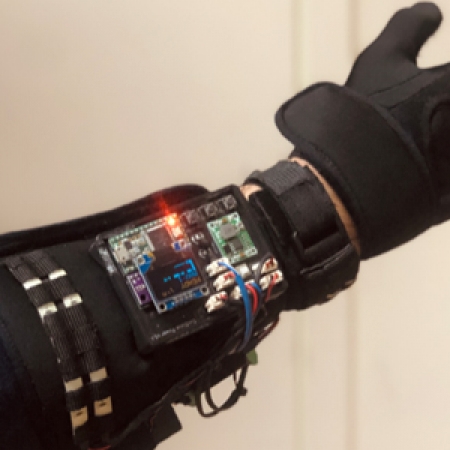Research Research Highlights
Research Highlights
Research Highlights
Research Highlights
Research Highlights 미리보기
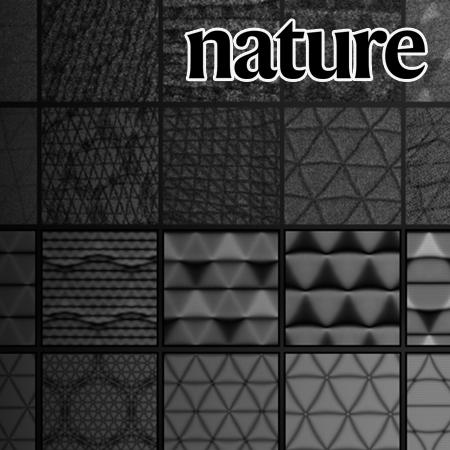
Professor Hyobin Yoo’s Research Team at SNU Develops 2D Quantum Material Platform Using Moiré Lattice Superposition
Prof. Hyobin Yoo
Seoul National University College of Engineering has announced that a joint research team led by Professor Hyobin Yoo from the Department of Materials Science and Engineering, in collaboration with Professor Young-Woo Son (Korea Institute for Advanced Study) and Professor Changwon Park (Ewha Womans University), has successfully developed a two-dimensional (2D) quantum material platform through the superposition of moiré lattices.
Research Highlights Board
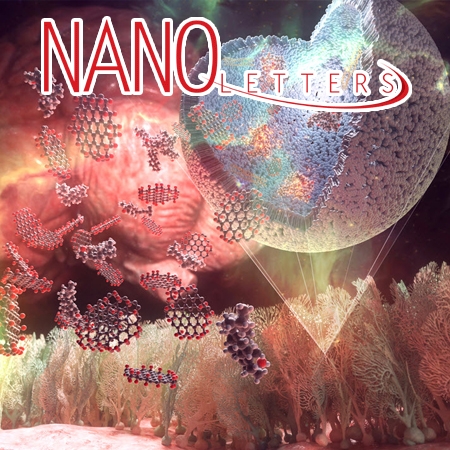
Graphene Quantum Dots Alleviate Impaired Functions in Niemann-Pick Disease Type C in Vivo
Prof. Kyung-Sun Kang
While the neuropathological characteristics of Niemann-Pick disease type C (NPC) result in a fatal diagnosis, the development of clinically available therapeutic agent remains a challenge. Here we propose graphene quantum dots (GQDs) as a potential candidate for the impaired functions in NPC in vivo. In addition to the...
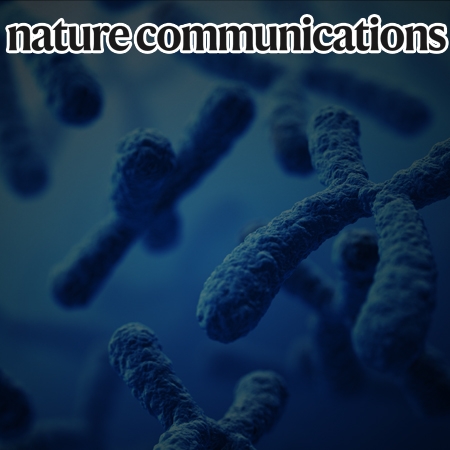
Telomeres reforged with non-telomeric sequences in mouse embryonic stem cells
Prof. Junho Lee
Telomeres are part of a highly refined system for maintaining the stability of linear chromosomes.
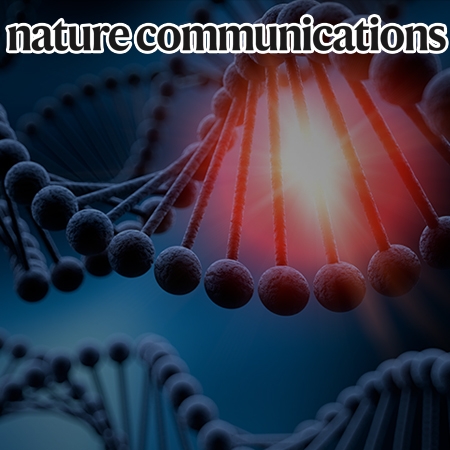
L1 retrotransposons exploit RNA m6A modification as an evolutionary driving force
Prof. Kwangseog Ahn
L1 retrotransposons can pose a threat to genome integrity. The host has evolved to restrict L1 replication.
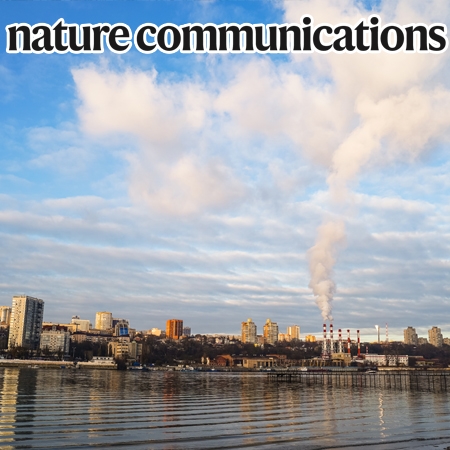
Simple physical mixing of zeolite prevents sulfur deactivation of vanadia catalysts for NOx removal
Prof. Do Heui Kim
Here, we report that physically mixed H-Y zeolite effectively protects vanadium active sites by trapping ABS in micropores.
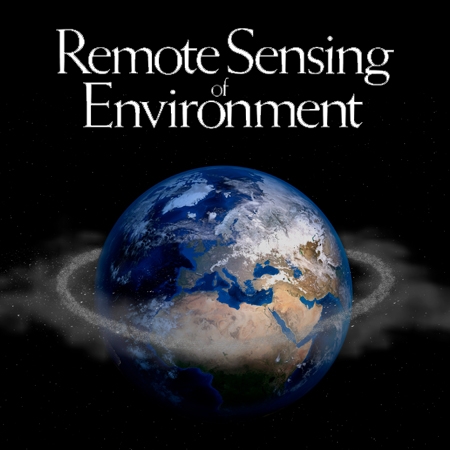
An assessment of emission characteristics of Northern Hemisphere cities using spaceborne observations of CO2, CO, and NO2
Prof. Sujong Jeong
Intensified anthropogenic activities and high levels of energy consumption in cities have led to an increase in emissions of CO2 and air pollutants, impacting air quality and calling for better measures to monitor and reduce emissions. This study assesses the emission characteristics of cities in the Northern Hemispher...
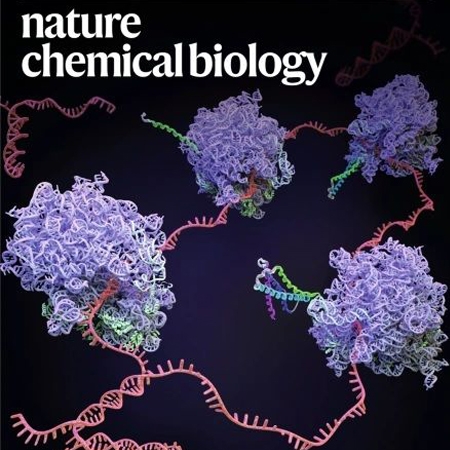
Synthetic protein quality control to enhance full-length translation in bacteria
Prof. Sang Woo Seo
Coupled transcription and translation processes in bacteria cause indiscriminate translation of intact and truncated messenger RNAs, inevitably generating nonfunctional polypeptides.

Vibrio cholerae FruR facilitates binding of RNA polymerase to the fru promoter in the presence of fructose 1-phosphate
Prof. Yeong-Jae Seok
In most bacteria, efficient use of carbohydrates is primarily mediated by the phosphoenolpyruvate (PEP):carbohydrate phosphotransferase system (PTS), which concomitantly phosphorylates the substrates during import.
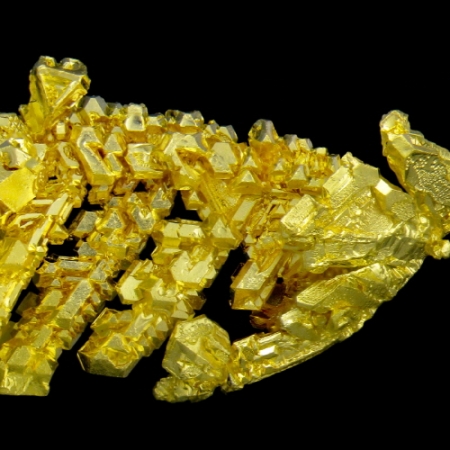
Reversible disorder-order transitions in atomic crystal nucleation
Prof. Jungwon Park
Nucleation in atomic crystallization remains poorly understood, despite advances in classical nucleation theory.
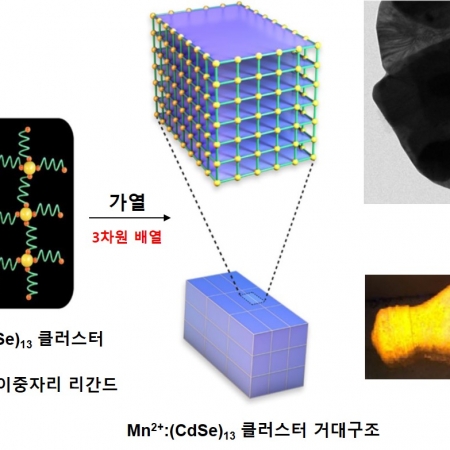
Highly luminescent and catalytically active suprastructures of magic-sized semiconductor nanoclusters
Prof. Taeghwan Hyeon
Metal chalcogenide magic-sized nanoclusters have shown intriguing photophysical and chemical properties, yet ambient instability has hampered their extensive applications. Here we explore the periodic assembly of these nanoscale building blocks through organic linkers to overcome such limitations and further boost thei...
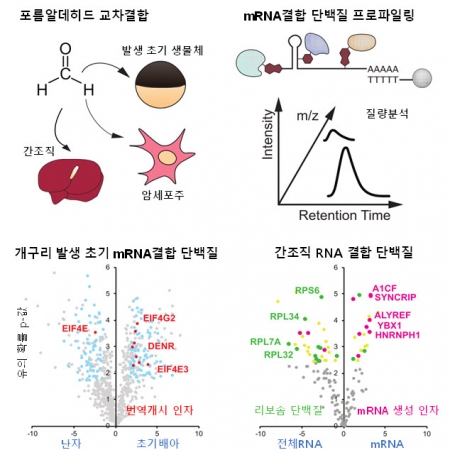
FAX-RIC enables robust profiling of dynamic RNP complex formation in multicellular organisms in vivo
Prof. Jong-Seo Kim, V Narry Kim
RNA–protein interaction is central to post-transcriptional gene regulation. Identification of RNA-binding proteins relies mainly on UV-induced crosslinking (UVX) followed by the enrichment of RNA–protein conjugates and LC-MS/MS analysis.



